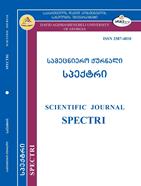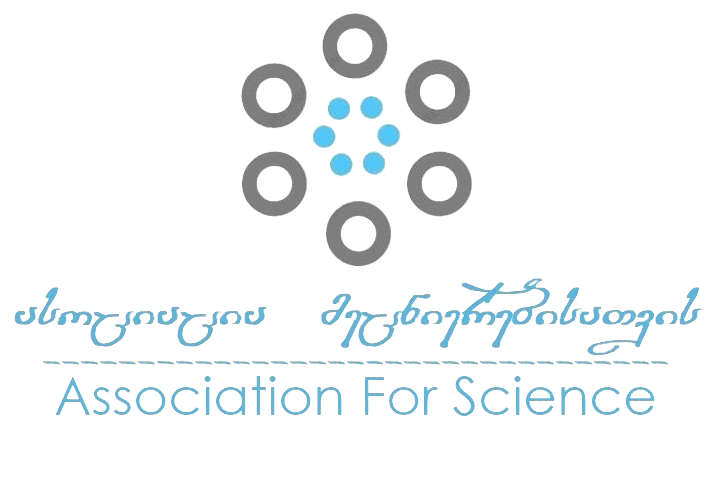Politics of Culture in TV Broadcasting (Based on the Example of Georgian-Polish Relations in the Last Century)
DOI:
https://doi.org/10.52340/spectri.2024.10.01.03Keywords:
culture, relationship, television film, broadcasting, cinematographyAbstract
In the early stages of Georgian television development, the majority of airtime was dedicated to works from various fields of literature and the arts. This was particularly true for cinema, the role of which on television became even more prominent... Soon after, film segments were introduced in Georgian broadcasting, which introduced viewers to foreign cinematography, primarily from socialist countries. Polish culture occupied a significant place in the Georgian television space. Poland was one of the countries where Georgian television films were awarded prestigious prizes, and many of these films were produced under challenging circumstances. At the end of the 1960s, for the first time, Georgian viewers had the opportunity to watch two Polish multi-episode television films on Russian Central Television: “Four Tank-Men and a Dog” and “The Goal that is Greater Than Life”. Both were set during World War II and had a clear propagandist tone, yet they were very popular in Georgia. Due to audience demand, both films were later broadcast in the Georgian language. Until the second half of the 1980s, airtime was mainly devoted to programming from socialist countries. Many changes occurred on Georgian television during the so-called “Perestroika” years...
Downloads
References
ელდარ იბერი, საქართველოს ტელევიზიის ისტორია, , თსუ, 2016
ნარგიზა კანკია, „აკრძალული თემები და კინოხელოვნება ტელევიზიაში“ (ტელე- რადიოჟურნალისტიკის საკითხები, III , 1998,
Downloads
Published
How to Cite
Issue
Section
License

This work is licensed under a Creative Commons Attribution-NonCommercial-NoDerivatives 4.0 International License.

